Mark Hansen
Excess Delay from GDP: Measurement and Causal Analysis
May 18, 2024Abstract:Ground Delay Programs (GDPs) have been widely used to resolve excessive demand-capacity imbalances at arrival airports by shifting foreseen airborne delay to pre-departure ground delay. While offering clear safety and efficiency benefits, GDPs may also create additional delay because of imperfect execution and uncertainty in predicting arrival airport capacity. This paper presents a methodology for measuring excess delay resulting from individual GDPs and investigates factors that influence excess delay using regularized regression models. We measured excess delay for 1210 GDPs from 33 U.S. airports in 2019. On a per-restricted flight basis, the mean excess delay is 35.4 min with std of 20.6 min. In our regression analysis of the variation in excess delay, ridge regression is found to perform best. The factors affecting excess delay include time variations during gate out and taxi out for flights subject to the GDP, program rate setting and revisions, and GDP time duration.
* International Conference on Research in Air Transportation (ICRAT 2022) link: https://www.icrat.org/previous-conferences/10th-international-conference/papers/
Real-Time Go-Around Prediction: A case study of JFK airport
May 18, 2024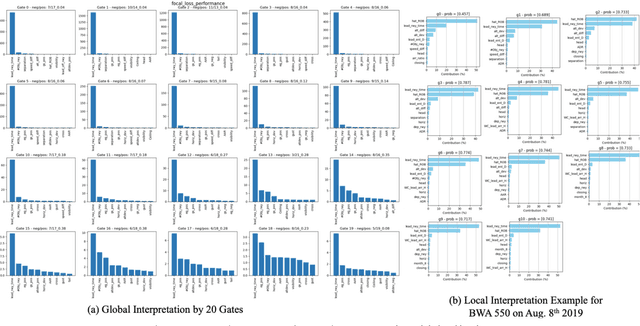


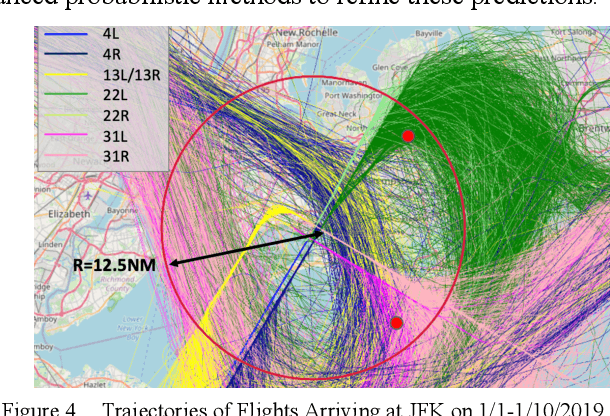
Abstract:In this paper, we employ the long-short-term memory model (LSTM) to predict the real-time go-around probability as an arrival flight is approaching JFK airport and within 10 nm of the landing runway threshold. We further develop methods to examine the causes to go-around occurrences both from a global view and an individual flight perspective. According to our results, in-trail spacing, and simultaneous runway operation appear to be the top factors that contribute to overall go-around occurrences. We then integrate these pre-trained models and analyses with real-time data streaming, and finally develop a demo web-based user interface that integrates the different components designed previously into a real-time tool that can eventually be used by flight crews and other line personnel to identify situations in which there is a high risk of a go-around.
* https://www.icrat.org/
Universal Bovine Identification via Depth Data and Deep Metric Learning
Mar 29, 2024
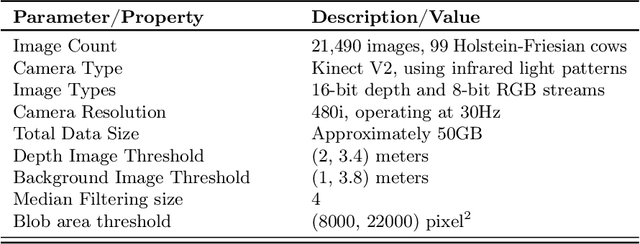
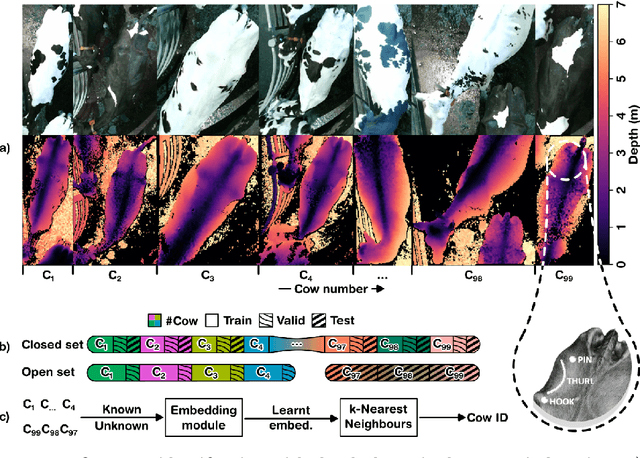
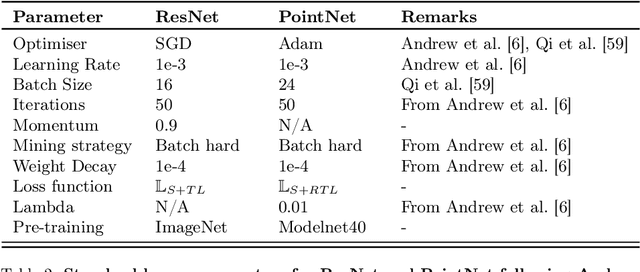
Abstract:This paper proposes and evaluates, for the first time, a top-down (dorsal view), depth-only deep learning system for accurately identifying individual cattle and provides associated code, datasets, and training weights for immediate reproducibility. An increase in herd size skews the cow-to-human ratio at the farm and makes the manual monitoring of individuals more challenging. Therefore, real-time cattle identification is essential for the farms and a crucial step towards precision livestock farming. Underpinned by our previous work, this paper introduces a deep-metric learning method for cattle identification using depth data from an off-the-shelf 3D camera. The method relies on CNN and MLP backbones that learn well-generalised embedding spaces from the body shape to differentiate individuals -- requiring neither species-specific coat patterns nor close-up muzzle prints for operation. The network embeddings are clustered using a simple algorithm such as $k$-NN for highly accurate identification, thus eliminating the need to retrain the network for enrolling new individuals. We evaluate two backbone architectures, ResNet, as previously used to identify Holstein Friesians using RGB images, and PointNet, which is specialised to operate on 3D point clouds. We also present CowDepth2023, a new dataset containing 21,490 synchronised colour-depth image pairs of 99 cows, to evaluate the backbones. Both ResNet and PointNet architectures, which consume depth maps and point clouds, respectively, led to high accuracy that is on par with the coat pattern-based backbone.
ReelFramer: Co-creating News Reels on Social Media with Generative AI
Apr 19, 2023



Abstract:Short videos on social media are a prime way many young people find and consume content. News outlets would like to reach audiences through news reels, but currently struggle to translate traditional journalistic formats into the short, entertaining videos that match the style of the platform. There are many ways to frame a reel-style narrative around a news story, and selecting one is a challenge. Different news stories call for different framings, and require a different trade-off between entertainment and information. We present a system called ReelFramer that uses text and image generation to help journalists explore multiple narrative framings for a story, then generate scripts, character boards and storyboards they can edit and iterate on. A user study of five graduate students in journalism-related fields found the system greatly eased the burden of transforming a written story into a reel, and that exploring framings to find the right one was a rewarding process.
Connecting Surrogate Safety Measures to Crash Probablity via Causal Probabilistic Time Series Prediction
Oct 04, 2022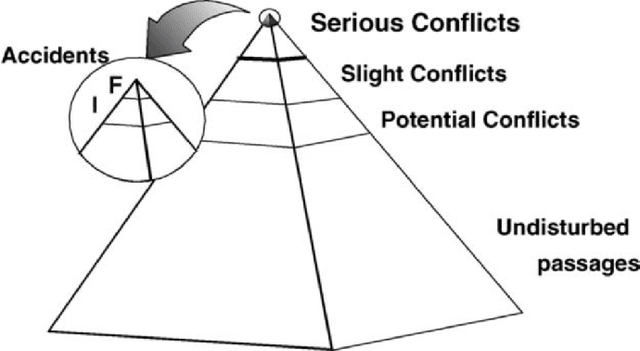
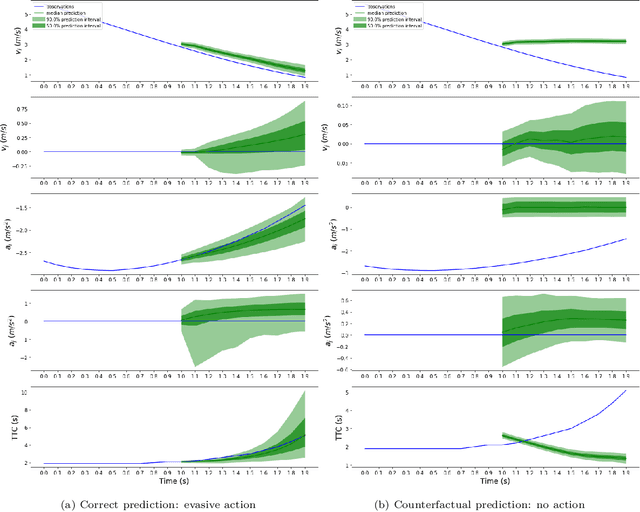

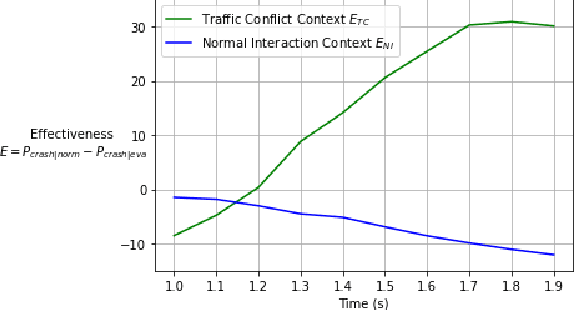
Abstract:Surrogate safety measures can provide fast and pro-active safety analysis and give insights on the pre-crash process and crash failure mechanism by studying near misses. However, validating surrogate safety measures by connecting them to crashes is still an open question. This paper proposed a method to connect surrogate safety measures to crash probability using probabilistic time series prediction. The method used sequences of speed, acceleration and time-to-collision to estimate the probability density functions of those variables with transformer masked autoregressive flow (transformer-MAF). The autoregressive structure mimicked the causal relationship between condition, action and crash outcome and the probability density functions are used to calculate the conditional action probability, crash probability and conditional crash probability. The predicted sequence is accurate and the estimated probability is reasonable under both traffic conflict context and normal interaction context and the conditional crash probability shows the effectiveness of evasive action to avoid crashes in a counterfactual experiment.
Effects of Reward Shaping on Curriculum Learning in Goal Conditioned Tasks
Jun 06, 2022
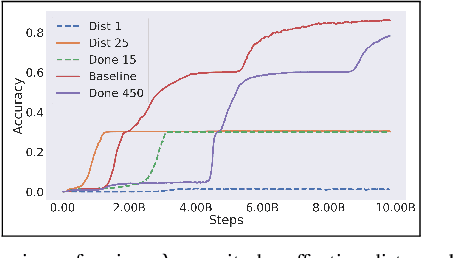
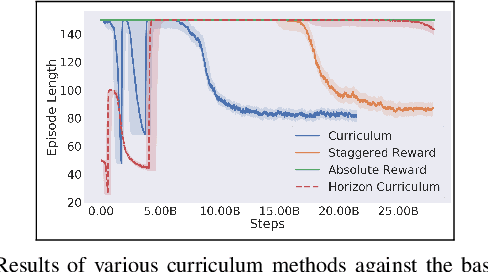
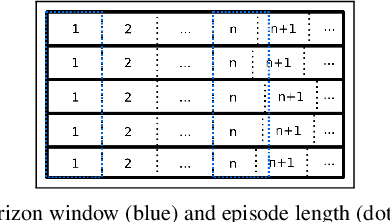
Abstract:Real-time control for robotics is a popular research area in the reinforcement learning (RL) community. Through the use of techniques such as reward shaping, researchers have managed to train online agents across a multitude of domains. Despite these advances, solving goal-oriented tasks still require complex architectural changes or heavy constraints to be placed on the problem. To address this issue, recent works have explored how curriculum learning can be used to separate a complex task into sequential sub-goals, hence enabling the learning of a problem that may otherwise be too difficult to learn from scratch. In this article, we present how curriculum learning, reward shaping, and a high number of efficiently parallelized environments can be coupled together to solve the problem of multiple cube stacking. Finally, we extend the best configuration identified on a higher complexity environment with differently shaped objects.
Predicting Aircraft Trajectories: A Deep Generative Convolutional Recurrent Neural Networks Approach
Dec 31, 2018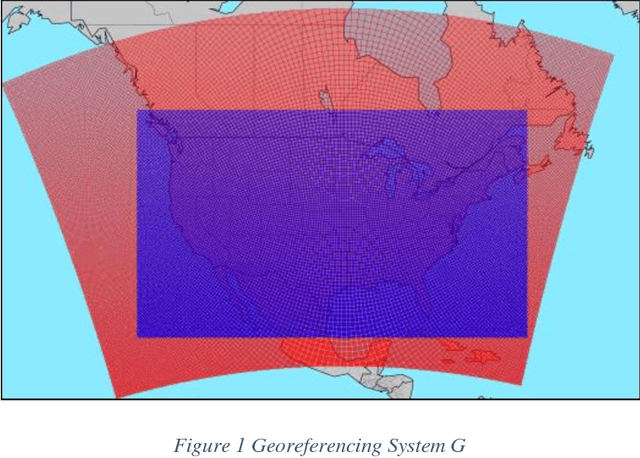

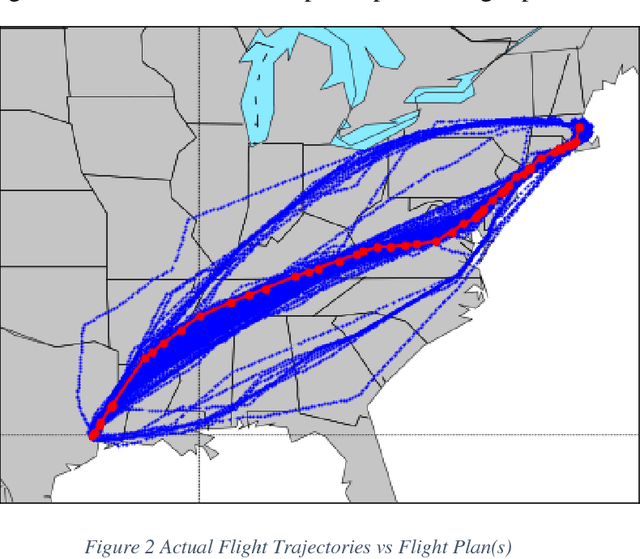
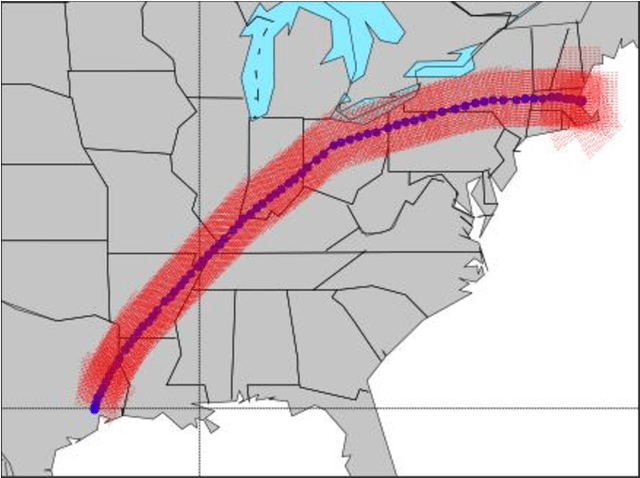
Abstract:Reliable 4D aircraft trajectory prediction, whether in a real-time setting or for analysis of counterfactuals, is important to the efficiency of the aviation system. Toward this end, we first propose a highly generalizable efficient tree-based matching algorithm to construct image-like feature maps from high-fidelity meteorological datasets - wind, temperature and convective weather. We then model the track points on trajectories as conditional Gaussian mixtures with parameters to be learned from our proposed deep generative model, which is an end-to-end convolutional recurrent neural network that consists of a long short-term memory (LSTM) encoder network and a mixture density LSTM decoder network. The encoder network embeds last-filed flight plan information into fixed-size hidden state variables and feeds the decoder network, which further learns the spatiotemporal correlations from the historical flight tracks and outputs the parameters of Gaussian mixtures. Convolutional layers are integrated into the pipeline to learn representations from the high-dimension weather features. During the inference process, beam search, adaptive Kalman filter, and Rauch-Tung-Striebel smoother algorithms are used to prune the variance of generated trajectories.
 Add to Chrome
Add to Chrome Add to Firefox
Add to Firefox Add to Edge
Add to Edge